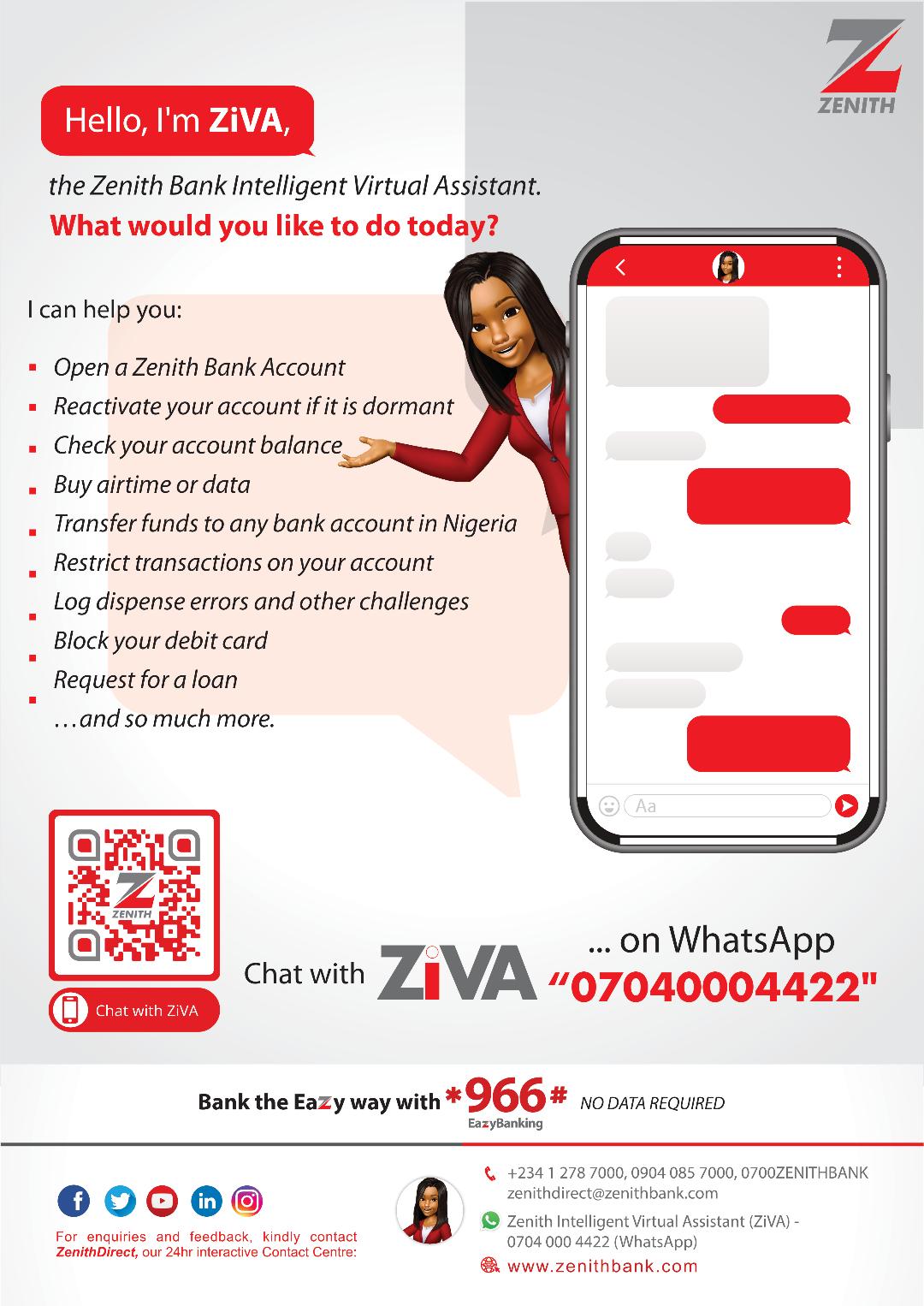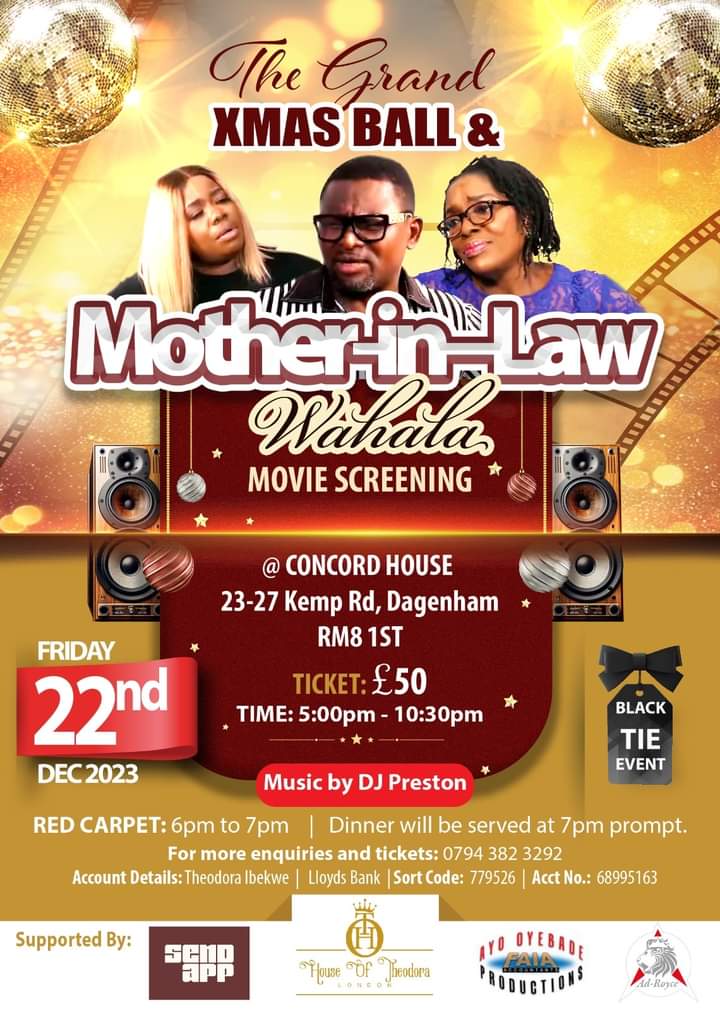
 Without “ADHDTok,” I wouldn’t be where I am now. NurPhoto/Getty Images
Without “ADHDTok,” I wouldn’t be where I am now. NurPhoto/Getty Images
- On TikTok, creators are sharing symptoms of ADHD in a subculture called “ADHDTok.”
- Without these videos, I would never have known to seek out a doctor for an ADHD assessment.
- Women are less likely to be given ADHD diagnoses.
When it comes to Attention Deficit Hyperactivity Disorder (ADHD), the images that pop culture provides us are hyperactive children like Bart Simpson and Jay from “Big Mouth.”
While their portrayals are at least partially accurate, research shows that ADHD in girls presents differently to ADHD in boys. According to research published in the European Archives of Psychiatry and Clinical Neuroscience, the diagnosis of ADHD typically does not take this into account, which can lead to ADHD being diagnosed later in life for women than men. Many women like me reach adulthood with undiagnosed ADHD.
The nuances around adult ADHD, gender, and the diagnostic gap are essential knowledge, but barely have a stake in public discourse. That all changed with the emergence of “ADHDTok,” a subculture on TikTok which not only casts light on these nuances but also helped me discover for myself that I have the condition.
For years, I never considered whether I had the disorder. I had no idea that adult ADHD is considered to be a separate condition to childhood ADHD or the symptoms can be different from what the stereotypes of over-energized and undisciplined children suggest. While I was diagnosed with autism, I don’t think it ever really occurred to anyone, even doctors, to test me for ADHD.
As I grew out of full-time education, it became more and more apparent that there was something seriously wrong. I couldn’t write off my missed deadlines, lateness, and mistakes as being part of “growing up” anymore.
Like many women with untreated ADHD, I was left with low self-esteem and a growing, nagging feeling that while I struggled with some things more than other people, it was down to some unshiftable laziness and inability to try hard enough. This sense of hopelessness from not being able to change snowballed into depression, which is especially common in women with ADHD.
TikTokers who raise awareness of ADHD helped me finally put a name to my symptoms
It was a year ago, at my lowest point, that I came across “ADHD TikTok” – which is affectionately known as “ADHDTok” – for the first time. It began when I came across a video where you were told to “put a finger down” if you related to broad ADHD symptoms like restlessness, difficulty concentrating, and difficulty getting started on a task.
As I delved deeper into the rabbit hole of ADHD content, I came across more and more specific symptoms -perfectionism, disordered auditory processing, and skewed circadian rhythm – that, until watching these videos, I didn’t even realize were signs of ADHD. I don’t know whether stumbling across it was fate or TikTok’s scarily accurate algorithm, but it came when I needed it the most.
ADHDTok is more than just a few clips. It describes a subculture of accounts and videos which work to inform, raise awareness of, and help people with either diagnosed or suspected ADHD. The tag “ADHD” has nearly 7 billion views on TikTok, while the “ADHDTok” and “ADHDHelp” tags have 163.1 million and 43.7 million views respectively.
ADHDTok creators include people with lived experience of ADHD, as well as qualified psychiatrists. Thanks to their content, I was able to finally connect the disruptive symptoms I’d been having my entire life to a potential diagnosable disorder.
‘ADHDTok’ provided crucial support while I waited months to get a diagnosis
A year on from coming across ADHDTok for the first time, I have finally been able to receive treatment and a diagnosis, but this process was far from straightforward. Living in the UK, I have access to state-funded healthcare, but a combination of post-pandemic strain and years of spending cuts to mental health services meant I faced a two-year waiting list.
The only viable option for me was to save for a few months to afford private treatment, but because of the sharp increase in people seeking ADHD diagnoses following lockdown, even private services had backlogs and months-long waiting lists. I spent eight months waiting for an ADHD assessment in order to access treatment before finally receiving a diagnosis this June.
During those months, it was up to me to help myself in terms of finding support, coping mechanisms, and finding names for the behaviors that stopped me from doing what I needed to do. For me, ADHDTok was able to provide this kind of support and fill the gaps and waiting times left by health services.
If I hadn’t come across those TikToks, I would never have made the connection between my experiences and ADHD – let alone built the confidence to seek a diagnosis for it. Even now, it continues to give me the tools to learn new things and understand myself where everything else fails.




